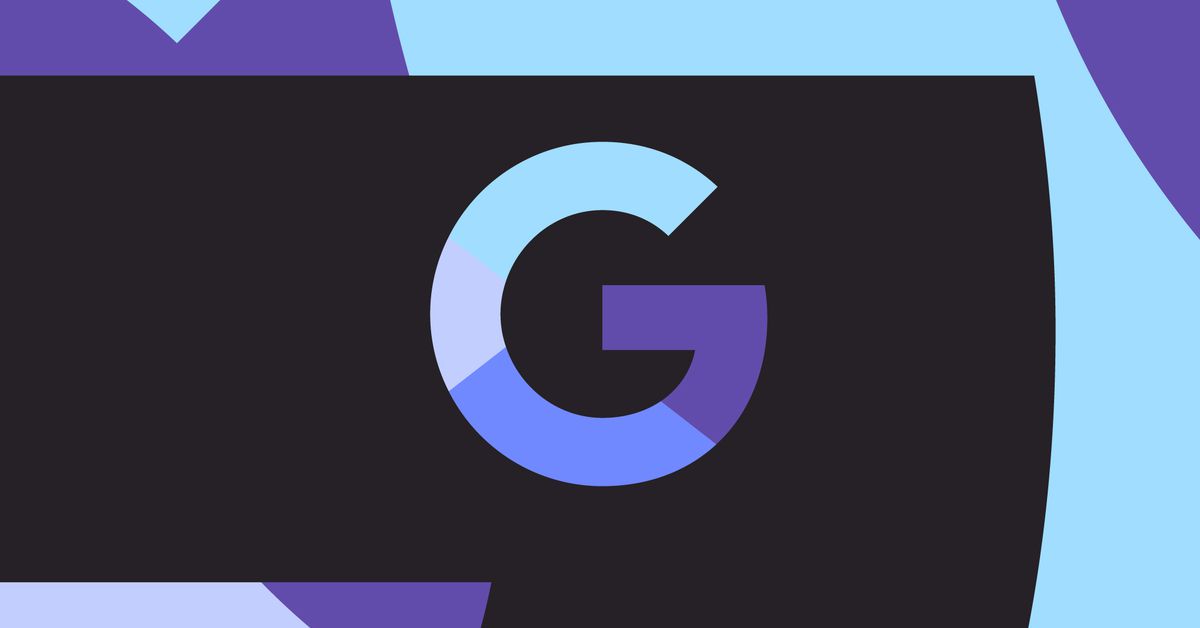
Google is facing scrutiny over claims it misled advertisers about where it places video ads — and whether it violated US sanctions. As reported earlier by The Wall Street Journal, research from the analytics company Adalytics suggests that Google “may have cost media buyers up to billions of digital ad dollars” by putting ads on sites in ways that violate Google’s own standards.
The report centers around one of Google’s video ad formats, called TrueView, which the company places on YouTube and other sites across the web, called Google video partners. These ads appear during videos and give viewers the option to skip the entirety of the advertisement after five seconds. Advertisers only pay for the ad if a viewer watches at least 30 seconds of it without skipping (or the full length of the ad if it’s shorter than 30 seconds).
While the Journal notes that Google promises that these ads will appear on “high-quality sites, before the page’s main video content, with the audio on,” Adalytics found that this wasn’t the case 80 percent of the time based on data from 1,100 brands from 2020 to 2023.
“Advertisers are entitled to a refund”
Instead, Adalytics discovered that Google has been placing ads in small, muted video players that appear in the corner of the screen. It also found that they sometimes autoplay on a loop “without any viewer interaction or initiation,” as some instances obscure the “skip” button. Adalytics calls this “a direct violation of Google’s quality standards for TrueView ads” and says it could’ve “artificially inflated” ad completion rates. This means advertisers might’ve been paying for ad views that weren’t up to par with what Google promised.
In a response published on Wednesday, Google calls Adalytics’ claims “extremely inaccurate.” It states that the report “wrongly implies” that advertisers spend the majority of their money on campaigns that appear on Google video partner sites. The company argues that the “overwhelming majority of video ad campaigns serve on YouTube.”
Google also says that advertisers can review the ads that they put on third-party websites, as well as ban them from appearing on certain sites. The company adds that it prohibits publishers from “engaging in disruptive, invasive or deceptive ad-serving practices,” too.
Nandini Jammi, the co-founder of the advertising industry watchdog group Check My Ads, spotted a pretty big inconsistency with the language Google used in its response to the research. Google’s blog post says that it offers “the option to opt out” of running ads on third-party sites “at any time,” but Jammi found that this isn’t the case according to Google’s own support page:
As of September 30, 2021, new Video action campaigns that you create in Google Ads use Google video partners automatically… To ensure you achieve the best performance across all Google networks, you won’t be able to opt out of Google video partners for Video action campaigns [emphasis ours].
Google spokesperson Christopher Lawton tells The Verge that “there are multiple types of campaigns and we offer opt outs of Google Video Partners for each of them.” Lawton notes that advertisers “can always work with their account reps” if they want to exclude third-party sites from performance campaigns.
But low-quality ads aren’t the only concern here. While Google says it vets its third-party partners based on the criteria in its Video Ad Safety Promise, that seems at odds with some of the websites where it runs ads. In particular, Adalytics calls attention to several reports about Google surfacing ads on Android apps that aren’t available on the Google Play Store, some of which were from developers based in countries sanctioned by the US government, including Iran. As noted by Adalytics, this raises concerns about whether advertisers had been inadvertently paying sanctioned entities.
“Google deliberately makes itself the play doll of dictators”
Additionally, a report from Check My Ads breaks down Adalytics’ research, highlighting several questionable third-party websites where Google lets its ads run, such as the Russian state-controlled media sites Russia Today and Pravda. Other sites mentioned by Check My Ads include the right-wing outlet Breitbart, which has already been blocked by over 4,000 advertisers; the far-right financial blog Zero Hedge, which was accused last year of spreading Russian propaganda; and Newsmax, another right-wing outlet that was sued for defamation over its reporting on the unfounded Dominion Voting conspiracy.
In a statement provided to Adalytics and Check My Ads, Paul Tang, a Member of the European Parliament, slammed Google over the possibility that the Parliament may have been paying for ads that appeared on Russian websites. “Google deliberately makes itself the play doll of dictators, also dragging the European Parliament through the mud,” Tang says. “The same Parliament that declared the Russian Federation in November 2022 a state sponsor of terrorism, advertises on Russian propaganda websites like Pravda because of YouTube’s scandalous system.”
At this point, it’s not clear what’s next for Google, but Jammi tells The Verge that “advertisers are entitled to a refund” of the money spent on bad ads. “Advertisers not only deserve their money back, but they also deserve to obtain the data that they require to run audit of the data that Google has provided them to date because we cannot be certain that Google will even refund them the correct amount.”
Check My Ads is also calling for advertisers to ask Google to make running ads on partner sites opt-in only, as well as for the search giant to share how it vets these websites.
Advertising companies have already begun to react to Adalytics’ findings… and it isn’t looking good for Google. Michael Feeley, the co-founder of Black Bean Media, a programmatic advertising management company, tells The Verge this should “be a wake-up call for advertisers participating in Google’s ecosystem [and] buying programmatic video in general.”













